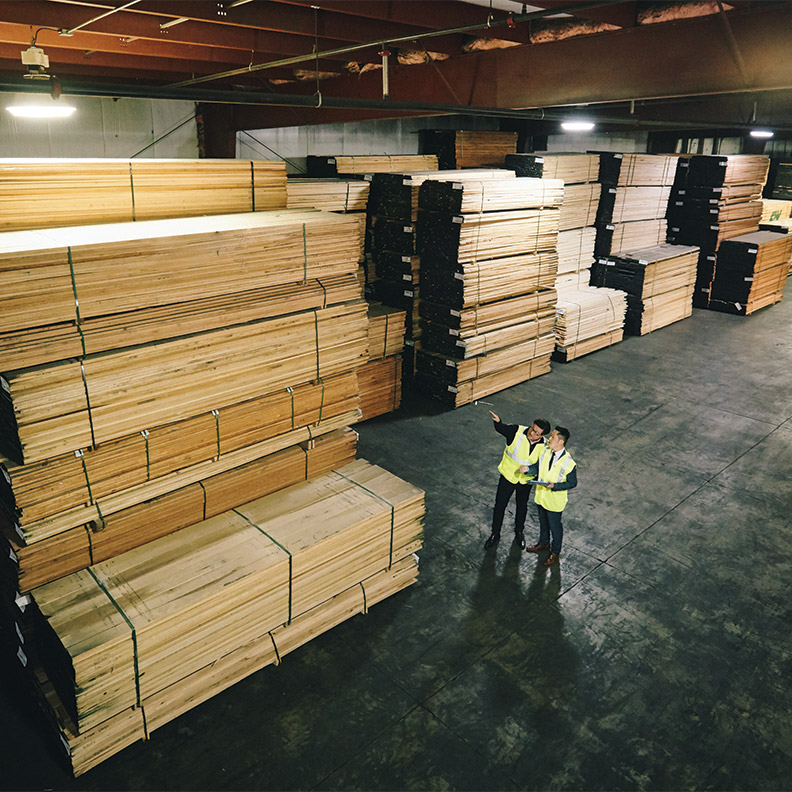A lot has changed since the start of the pandemic. Anxiety and stress over economic uncertainty and operational disruptions have given way to a new focus as many businesses are taking steps to operate at full capacity. Although many manufacturing companies were in operation during shelter-in-place restrictions, the industry is especially vulnerable during this time. The bulk of manufacturing jobs cannot be done remotely. Furthermore, many manufacturing floors are typically worker-dense and health safety measures such as social distancing may make it difficult for plants to operate at full capacity.
A recent COVID-19 U.S. CFO Pulse Survey conducted by Pricewaterhouse Cooper (Pwc) revealed some not-so-surprising findings. About 80% of manufacturers believe the pandemic will have a financial impact on their business, specifically on their operational, liquid and capital resources. Some manufacturers are already facing cash-flow liquidity challenges and difficulties in managing debt obligations.
Improving finances during COVID-19
From enforcing health safety precaution, changes in market demand, and labor shortages to threats of supply chain disruptions, manufacturers across all sectors are facing challenges from multiple sides. Many are facing cash-flow liquidity challenges and difficulties in managing debt obligations during this time, and those with low cash reserves or unstable cash flows before COVID-19 are especially vulnerable. Without being able to fall back on business continuity plans in this pandemic, many manufacturers are having to modify policies and make business decisions on the fly.
From a financial perspective, here are some steps you can take to mitigate damages to your business during this volatile period:
Revisit your costs. Reducing your variable costs and converting fixed to variable costs are both good strategies to quickly reduce your cash outflows. In times of financial uncertainty, preserving your core business should be a priority. Review ways where you can increase your financial flexibility on non-core assets and carefully think about what costs you can delay and what you can deny. Consider divesting underperforming assets or non-core assets as a potential source of cash. For instance, selling assets and leasing them back can be a good way to raise funds quickly. If you have non-core assets, leasing them to manufacturers who might need them is a good way to expand your revenue stream. Some manufacturers have also opted for fleet leasing and third-party warehousing as they think about long-term cash flow management. Others are using assets to generate alternative revenue sources by temporarily pivoting their business to meet changing demands when possible. In many of those cases, adopting an agile mindset helped these manufacturers overcome issues with their cash flow.
Review your payables and receivables to see if there are opportunities to maximize your payment cycle. With accounts payable, offer your vendors payment options such as longer payment terms. This works well if you pay by ACH, check or expedited payment with a terms discount. Requesting deposits or offering incentives for early payment or payment-in-full can help on the receivable side. In addition, get your invoices out faster. Consider electronic invoicing. Make the payment process easy for your customers by offering multiple ways for them to pay you. Forming a buying cooperative to negotiate lower prices with suppliers is another option. Some manufacturers have switched to subscription-based pricing or pay-per-use business models to help with cash flow. I also recommend using process automation for your audits as they tend to reduce burden on your staff.
Review capital and corporate cost budgets. Identify not only marginal investments but also discretionary items that can be reduced or removed such as the budget for travel, transportation subsidies and entertainment. As many organizations adapt to social distancing guidelines, there are many options for online workshops, virtual events and conferences, which can help manufacturers reduce spending associated with travel.
Consult with your business banker. Ensure your financing remains viable by engaging with your financial partners. I have reached out to my customers to explore new or additional lines of credits should they need them and to better understand how much cash they will need and for how long. You may also want to consider refinancing your debt, although this is a conversation you should have with your banker.
Be prudent with loan programs. Liquidity is important, especially during difficult times, and the idea that “cash is king” is very common among business owners. The Small Business Administration (SBA) and other government agencies are offering loans with low interest rates and favorable repayment terms such as the Main Street Lending and the North Dakota COVID-19 Pace Recovery Program. With such favorable terms, it may be tempting to take advantage of these program loans to prepare your business for post-COVID re-entry. Regardless of how low interest rates are on these loans, they will still need to be repaid and should not be used as a crutch to avoid reviewing your cash conversion cycle.
Many businesses have been hit hard by the pandemic and are dealing with solvency concerns. But our collective hardship has brought us closer. It warms my heart to see manufacturers across sectors band together to exchange solutions and advice as they work to figure out next steps. Their approach to this crisis has highlighted some of humankind’s best qualities – fortitude, creativity, and adaptability in the face of immense challenges. And it has always been my privilege to support them.
